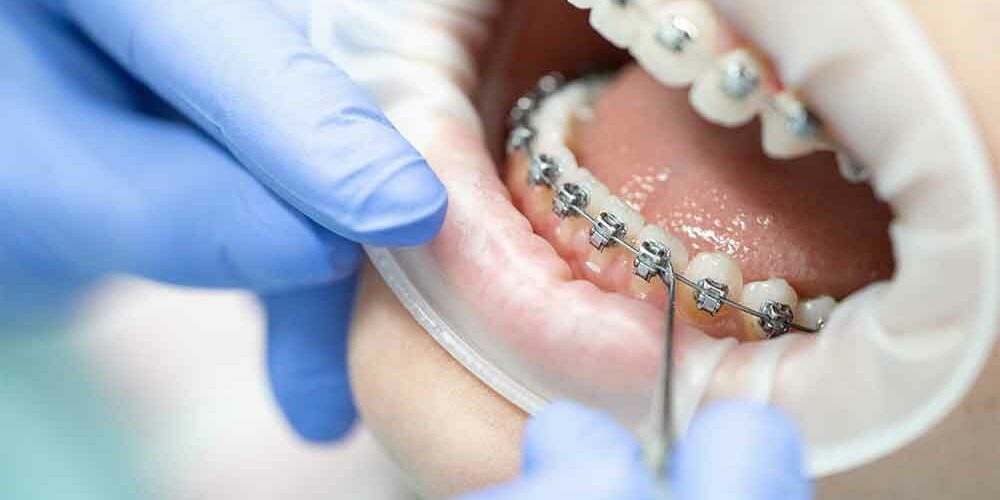
Getting Your Braces Adjusted
You got your braces on and all went well. Any residual discomfort from having them attached has subsided, and now it’s time for your follow-up appointment to get your braces adjusted. You might be feeling nervous – will getting your braces adjusted hurt? How long will the appointment take? What does “adjusting your braces” even mean? Keep reading to answer these questions and more.
Why Are Braces Adjusted?
Braces use pressure to straighten your teeth and correct your bite. Over time, the pressure braces exert on your teeth lessens, and they become less effective. To maintain the right level of pressure so your teeth keep straightening, you should, on average, visit your orthodontist every four to six weeks for a braces adjustment. They will also inspect your wires and brackets to make sure they are in working order.
What Happens While Getting Your Braces Adjusted?
Some people refer to adjustments as “tightening your braces,” but adjustments don’t necessarily mean the orthodontist is making your braces tighter. Each time you visit the orthodontist after having your braces put on, they will make sure the brackets and wires are attached correctly. If the ligatures on your braces need to be replaced to exert more pressure on your teeth, the orthodontist will do this. They will also check for any pain or discomfort from loose wires or other components, and make changes as needed. This is also the time for you to change the color of your rubber bands—be as colorful and creative as you’d like!
What Happens AFTER Your Braces Are Adjusted?
As with the application of your braces, you might experience some minor discomfort after getting your braces adjusted. While this should subside quickly, usually in a day or two, here are some tips to help you feel better while you’re waiting:
- Use Tylenol or ibuprofen: Using over-the-counter pain medicine can help relieve your temporary discomfort. Make sure to follow the instructions on the label and take only as advised and as needed.
- Use dental wax: When you get your braces adjusted, your orthodontist may give you dental wax, which you can use to protect your mouth from the wires and brackets. You should only need to use this for a couple days since your mouth should adjust to the newly-positioned wires and brackets quickly.
- Apply an icepack: Using an icepack on your jaw and cheeks can ease any discomfort. You can also drink ice water, as this will help reduce inflammation around your gums.
- Eat soft foods: For a couple days after your braces adjustment, stick to eating soft foods like rice, potatoes, yogurt, and soup. This will lessen the pressure on your teeth while you chew.
- Apply a numbing gel: Using a topical numbing agent like Oragel can reduce discomfort around your wires and brackets. You should only need to use this for a day or two. Make sure to follow instructions for use on the label.
While there is some minor discomfort associated with braces, the payoff—a healthy, straight smile—is worth it. If you’re ready to start your journey to better oral health and a brighter smile, contact Bruno Orthodontics for your free consultation!
Bruno Orthodontics offers Invisalign, braces, and other orthodontic treatment for adults, teens, and children in an award-winning office in Chevy Chase. Dr. Jill Bruno is a Diamond+ Provider for Invisalign, putting her in the top 1% of Invisalign doctors. Convenient online scheduling and virtual consults are available for new and current patients.
Share or Print this Post



